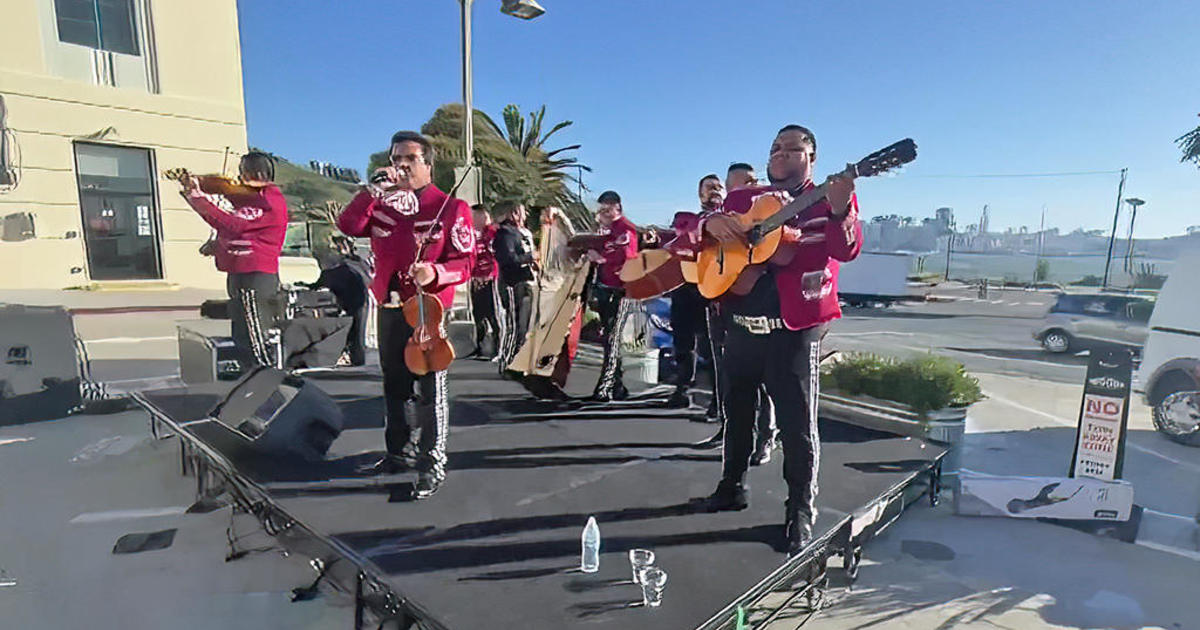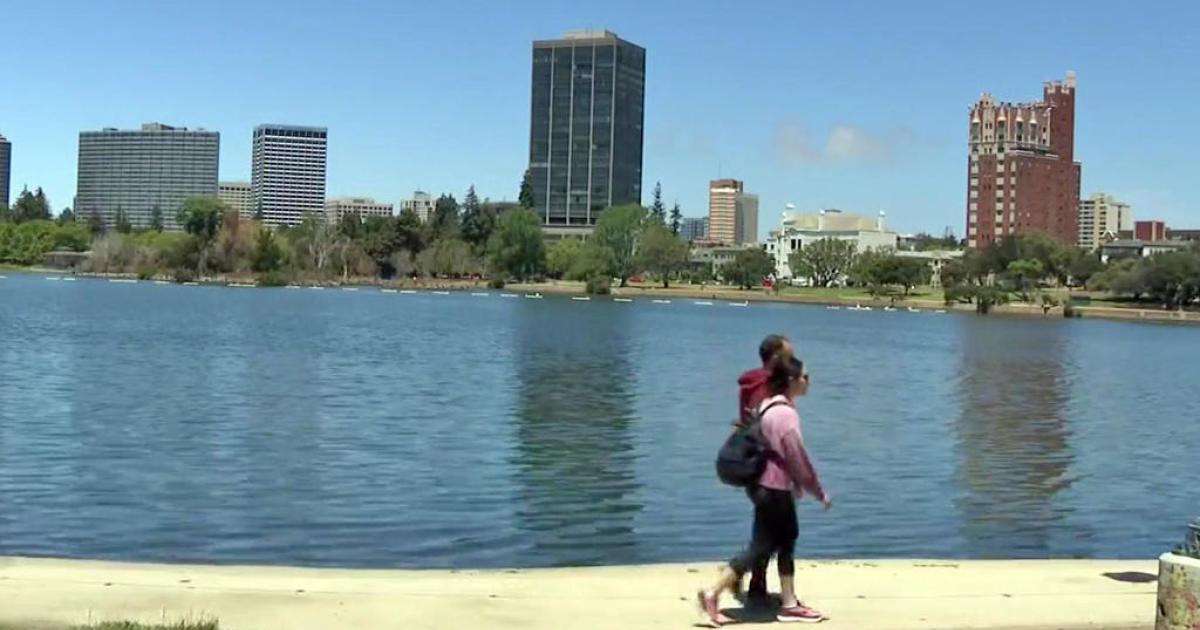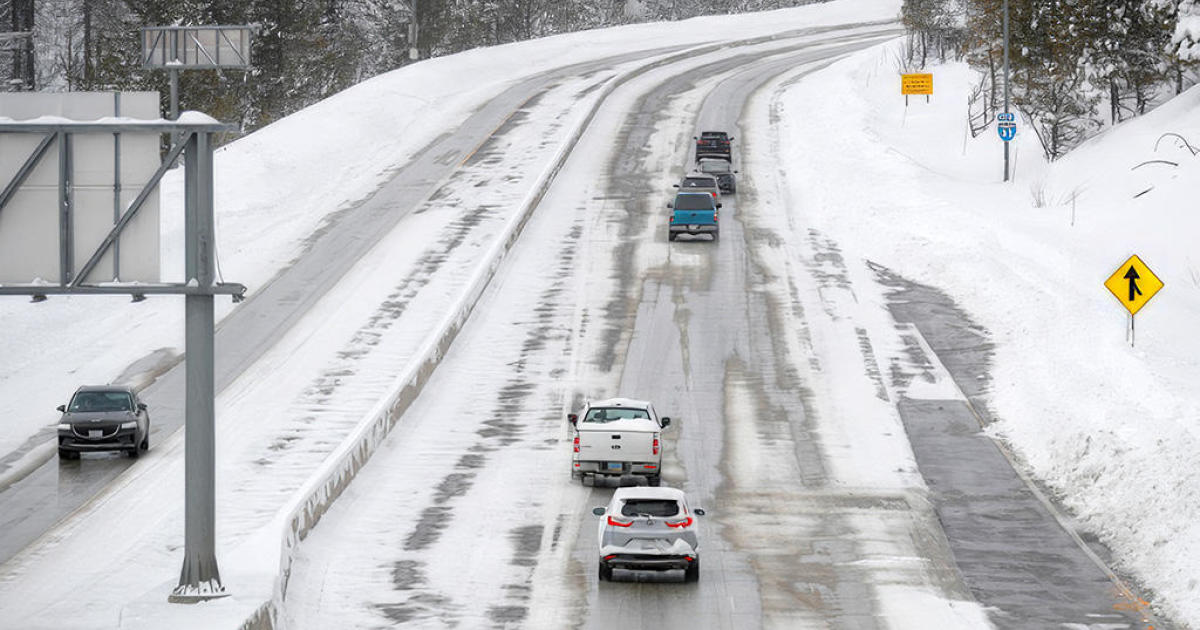Stanford Cardiac Specialists Amazed By 1958 Open Heart Broadcast
SAN FRANCISCO (CBS SF) -- As they watched a replay of the historic KPIX 5 1958 live broadcast of an open heart surgery, two of Stanford's leading cardiologists were stunned by how primitive it all looked.
"Sixty years ago, can you imagine people watching this?," exclaimed Dr. Joseph Woo, chair of Stanford Medical Center's Department of Cardiothoracic Surgery, as he watched the old footage.
Today, Stanford Medical Center is a pioneer and global leader in cardiac surgery and heart transplantation. But in 1958, the procedures were relatively new and the heart-lung device was massive.
Eight-year-old Tommy Hunter of Oakland was the patient and broadcasting the surgery - which has helped him lead a normal life for another 60 years - was a historic first in the early days of television.
Tommy Hunter Remembers Watching His 1958 Surgery Replay On PBS
The KPIX producer in charge was Dave Parker.
"Everything in this program was 'live,'" he recalled. "Videotape had yet to come to KPIX."
Hunter was diagnosed with an atrial septal defect -- a condition that is known to most people as a hole in the heart. He hardly had any energy and was forced to watch other youngsters play while he sat on the sidelines.
But Stanford surgeons would change all that using a new invention at the time -- a heart-lung machine. Today, heart-lung machines are much smaller and more efficient.
KPIX asked two of Stanford's top cardiac physicians to view our historic broadcast, and share their thoughts.
Tommy Hunter Remembers Outpouring Of Get Well Wishes Particularly From Walt Disney
"They had to broadcast this at 10 at night, it would be too much for small children," said Dr Alan Yeung, Stanford Medical Center's Chief of Cardiology.
Both were amazed at the sheer size of the heart lung machine used in 1958. It was as big as a Frigidaire, with blood flowing down a sheer membrane that looked like a dry cleaning bag.
"The blood flowing down that's like a scary movie, blood dripping down the wall." said Yeung.
"It's a good thing it's in black and white," added Woo.
The heart-lung bypass machine used today has evolved into a highly sophisticated device.
"It's extremely high tech" said Stanford perfusionist John McNulty of the smaller, quieter machines of 2018. "The technology that we have today allows us to do things that we weren't able to do in the late 50s, early 60s when heart surgery became a reality."
Doctors discovered Hunter's heart defect using, in part, an invasive procedure called a cardiac catheterization. Today, doctors could avoid that procedure on a small boy altogether, using an ultrasound or echocardiogram instead.
"You can see where the hole is and you can see all the blood flow return," explained Yeung.
As the televised surgery was unfolding on KPIX 5, the unexpected happened: famed cardiac surgeon Dr. Frank Gerbode found a couple of Hunter's pulmonary veins going into the wrong chamber of his heart.
That would not happen today.
"There are also things like CAT scans and MRI that can really prove the diagnosis and show you an entire road map of what the heart and vessels look like before you go in," explained Dr. Woo.
What has not apparently changed is what motivates these doctors to perform these surgeries.
"The greatest accomplishment is seeing these children get well .. running and playing," said Dr. Gerbode in 1958.
In 2018, Woo echoed the sentiment. "The opportunity to help and to heal and see the subsequent impact with patients living a long life ... and having children and grandchildren is extremely gratifying." said Woo.
Click to learn more about: Stanford Heart Transplant History | Atrial Septal Defect



